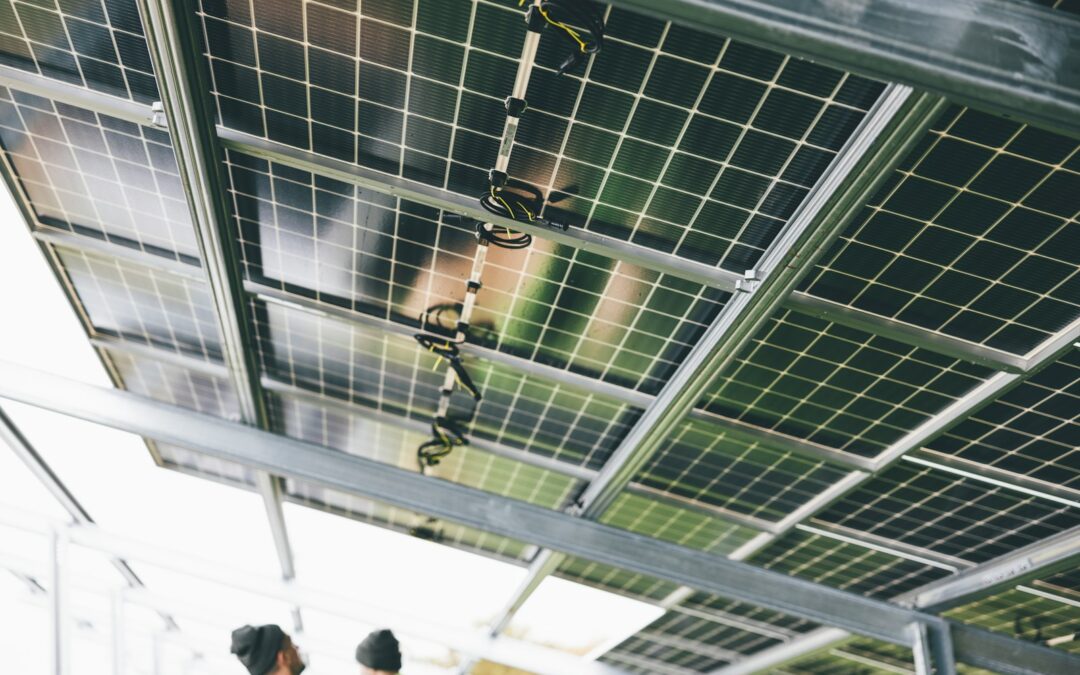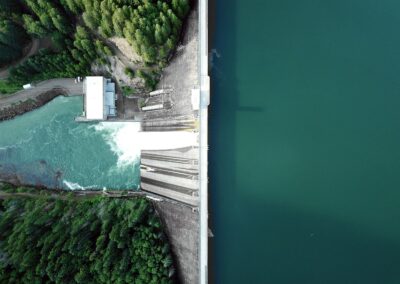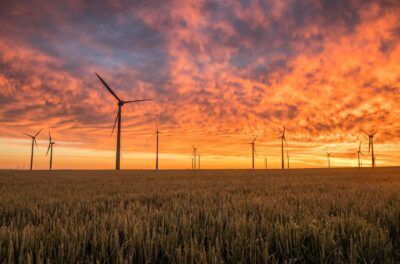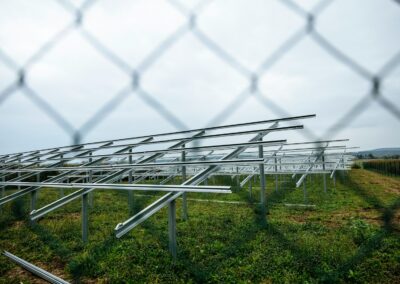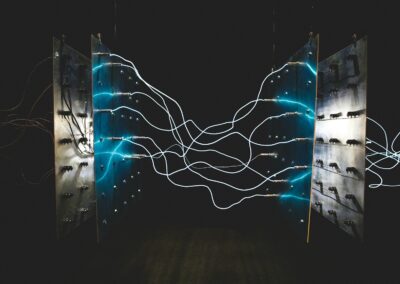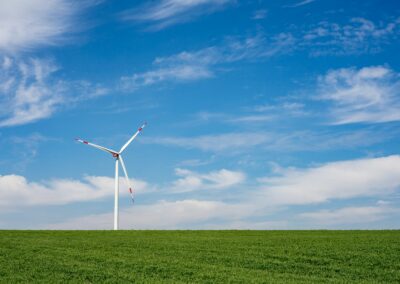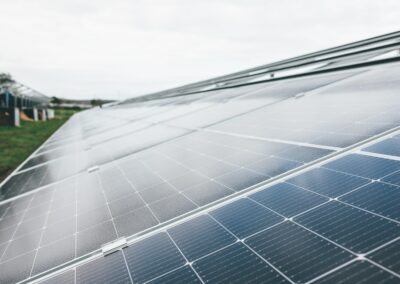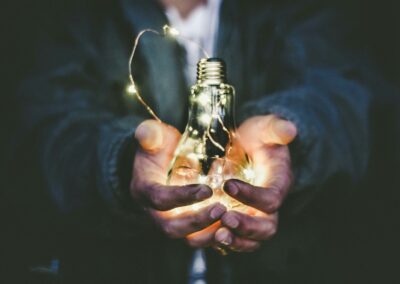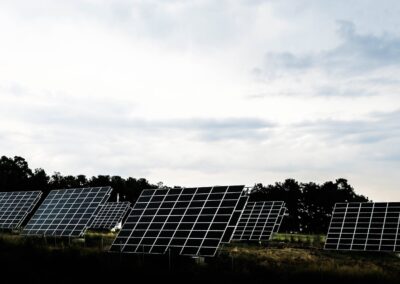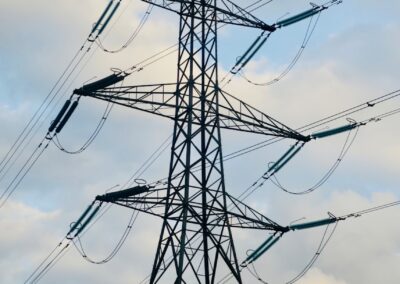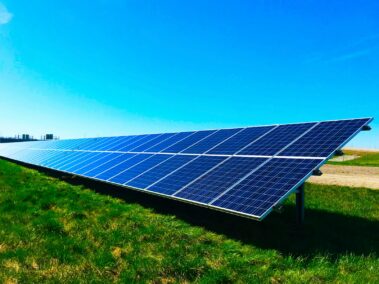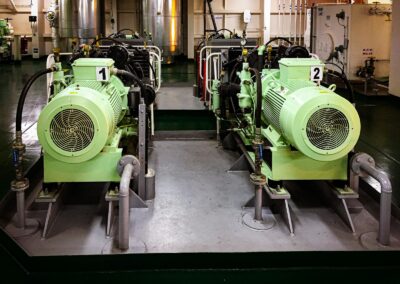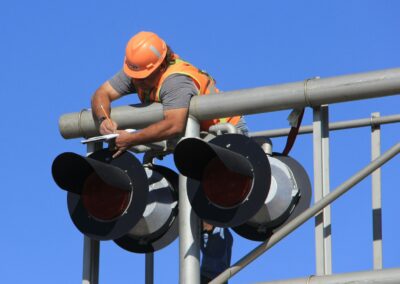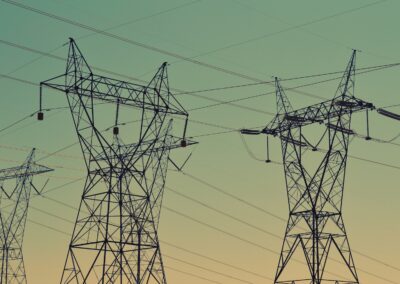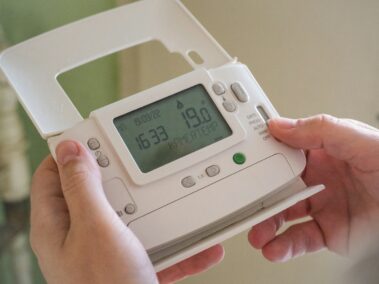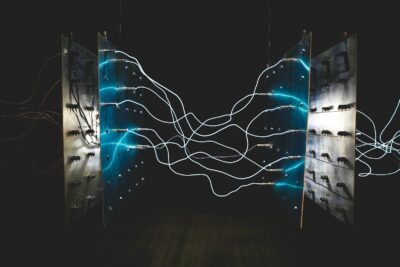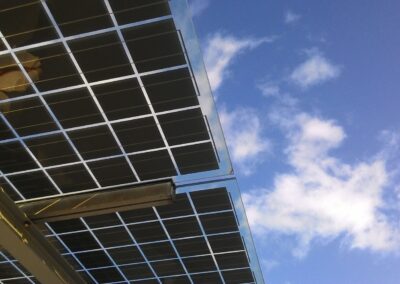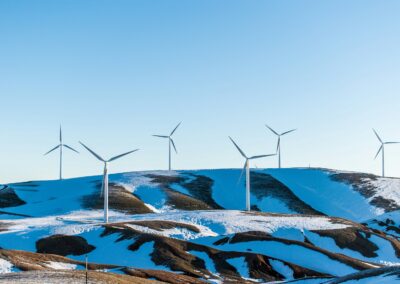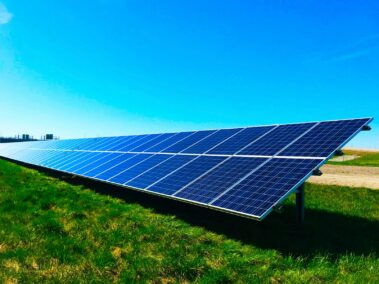Revolutionizing Renewable Energy Management with Digital Twins
Introduction to Digital Twins in Renewable Energy
The application of digital twins in renewable energy systems, such as wind farms and solar plants, has significantly improved their management and operation. Digital twins create a virtual replica of physical assets, enabling real-time monitoring, analysis, and optimization. In regions like Saudi Arabia and the UAE, where renewable energy is becoming increasingly vital, digital twins offer transformative benefits for energy efficiency and sustainability.
By leveraging digital twins, renewable energy operators can enhance the performance and reliability of their systems. These virtual models simulate the behavior of wind turbines and solar panels under various conditions, allowing operators to predict and mitigate potential issues before they impact energy production. This proactive approach reduces downtime and maintenance costs while maximizing energy output, contributing to the overall efficiency of renewable energy systems.
The implementation of digital twins in cities such as Riyadh and Dubai supports their ambitious renewable energy goals. These cities are at the forefront of adopting advanced technologies to transition towards sustainable energy sources. Digital twins play a crucial role in this transition by providing data-driven insights that inform strategic decisions and optimize the performance of renewable energy infrastructure.
Enhancing Wind Farm Operations with Digital Twins
Wind farms are complex systems that require precise management to operate efficiently. Digital twins offer a powerful solution for optimizing wind farm operations by providing a detailed virtual representation of each turbine. This digital model collects and analyzes data from various sensors, including wind speed, temperature, and mechanical stress, to monitor the real-time performance of turbines.
In the UAE, where wind energy is a growing sector, digital twins enable operators to perform predictive maintenance, reducing the likelihood of unexpected failures. By continuously monitoring the condition of turbines, digital twins can identify early signs of wear and tear, allowing maintenance teams to address issues before they escalate. This approach not only extends the lifespan of turbines but also ensures a steady and reliable supply of wind energy.
Moreover, digital twins facilitate the integration of new technologies into existing wind farms. For instance, they can simulate the impact of adding new turbines or upgrading existing ones, helping operators make informed decisions that enhance overall efficiency. In Saudi Arabia, where wind energy is part of the broader Vision 2030 initiative, digital twins support the sustainable development of wind farms by optimizing their design, operation, and maintenance.
Optimizing Solar Plant Performance with Digital Twins
Solar plants are another area where digital twins have made a significant impact. By creating a virtual replica of solar panels, digital twins enable operators to monitor and optimize their performance in real-time. This technology collects data on various factors, such as sunlight intensity, panel temperature, and energy output, providing a comprehensive view of the solar plant’s operation.
In regions like Dubai, where solar energy is a key component of the energy mix, digital twins help maximize the efficiency of solar plants. Operators can use digital twins to simulate different scenarios and identify the optimal configuration for energy production. For example, they can determine the best angles for solar panels or assess the impact of weather conditions on energy output, ensuring that solar plants operate at peak efficiency.
Furthermore, digital twins support predictive maintenance in solar plants, similar to their application in wind farms. By analyzing data on the condition of solar panels, digital twins can predict potential failures and schedule maintenance activities accordingly. This proactive approach minimizes downtime and ensures a continuous supply of solar energy, contributing to the sustainability and reliability of the energy grid in cities like Riyadh and Dubai.
The Future of Digital Twins in Renewable Energy
Integrating AI and Blockchain with Digital Twins
The future of digital twins in renewable energy systems is closely linked to the integration of other advanced technologies, such as artificial intelligence (AI) and blockchain. AI algorithms can enhance the predictive capabilities of digital twins by analyzing large datasets and identifying patterns that human operators might miss. This enables even more accurate predictions and optimizations, further improving the performance and reliability of renewable energy systems.
In the context of Saudi Arabia and the UAE, integrating AI with digital twins can support the ambitious renewable energy targets set by these countries. For example, AI-driven digital twins can optimize the operation of large-scale solar plants, ensuring that they produce maximum energy output while minimizing maintenance costs. This technological synergy can accelerate the transition towards sustainable energy sources and reduce dependence on fossil fuels.
Blockchain technology can also play a role in enhancing the functionality of digital twins. By providing a secure and transparent platform for data sharing, blockchain ensures the integrity of the data collected by digital twins. This is particularly important for renewable energy systems, where accurate and reliable data is essential for optimizing performance. In Dubai, where blockchain is being explored for various applications, integrating it with digital twins can enhance the management and operation of renewable energy infrastructure.
Challenges and Solutions for Implementing Digital Twins
While the benefits of digital twins in renewable energy systems are clear, their implementation presents several challenges. One of the primary obstacles is the high initial investment required for setting up the necessary infrastructure and technology. Deploying digital twins involves installing advanced sensors, IoT devices, and data analytics platforms, which can be costly.
To overcome this challenge, renewable energy operators can adopt a phased implementation approach. This involves starting with pilot projects to demonstrate the value of digital twins and gradually scaling up their deployment. By showcasing the tangible benefits of digital twins, operators can secure the necessary funding and support for wider adoption. Additionally, collaboration with technology providers and industry experts can help reduce costs and streamline the implementation process.
Another challenge is ensuring data security and privacy. With the continuous flow of real-time data from renewable energy systems, protecting this data from cyber threats is crucial. Operators must implement robust cybersecurity measures to safeguard data integrity and prevent unauthorized access. Compliance with local and international data protection regulations is also essential to maintain trust and avoid legal complications.
Conclusion
Digital twins are revolutionizing the management and operation of renewable energy systems, offering significant benefits for wind farms and solar plants. By providing real-time monitoring, predictive maintenance, and optimization capabilities, digital twins enhance the efficiency, reliability, and sustainability of renewable energy infrastructure. In regions like Saudi Arabia and the UAE, where renewable energy is a strategic priority, the adoption of digital twins supports the transition towards a more sustainable energy future.
Despite the challenges associated with implementation, the benefits of digital twins make them a worthwhile investment for business executives, mid-level managers, and entrepreneurs. By leveraging these advanced technologies, stakeholders can optimize renewable energy systems, reduce operational costs, and contribute to the development of resilient, sustainable urban environments. As digital twins continue to evolve, their role in renewable energy systems will expand, offering new opportunities for innovation and growth.
#DigitalTwins #RenewableEnergy #WindFarms #SolarPlants #SaudiArabia #UAE #Riyadh #Dubai #AI #Blockchain #Metaverse #ExecutiveCoaching #GenerativeAI #BusinessSuccess #LeadershipSkills #ProjectManagement

